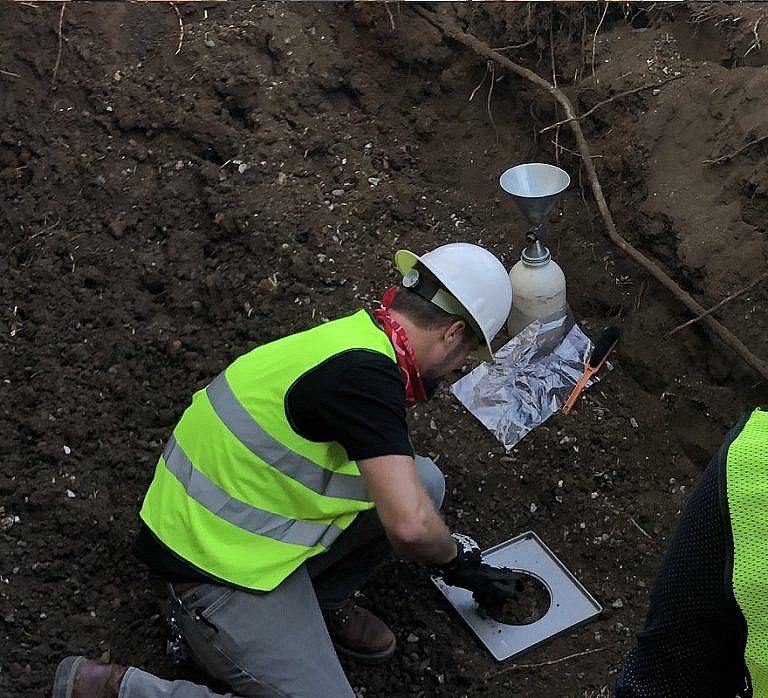Intrusive Rocks
In the volcanology branch of geology, intrusive rocks are igneous rocks that form and crystallize under the Earth’s ground surfaces, within other geologic formations. In fact, intrusive rocks form by the process of magma shooting through pre-existing sedimentary, igneous or metamorphic rocks. For instance, a pegmatite dyke or a batholith. On the other hand, when igneous rocks form above the ground surface, they are “extrusive.” Intrusive rocks are typically phaneritic, because of the slower rate of magma cooling.


